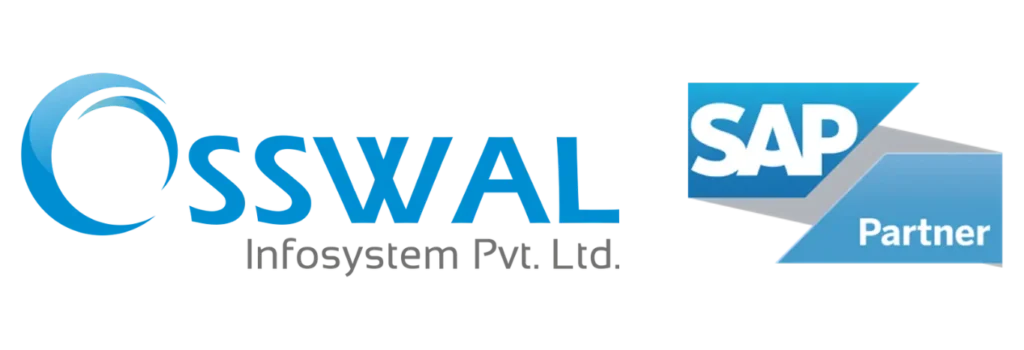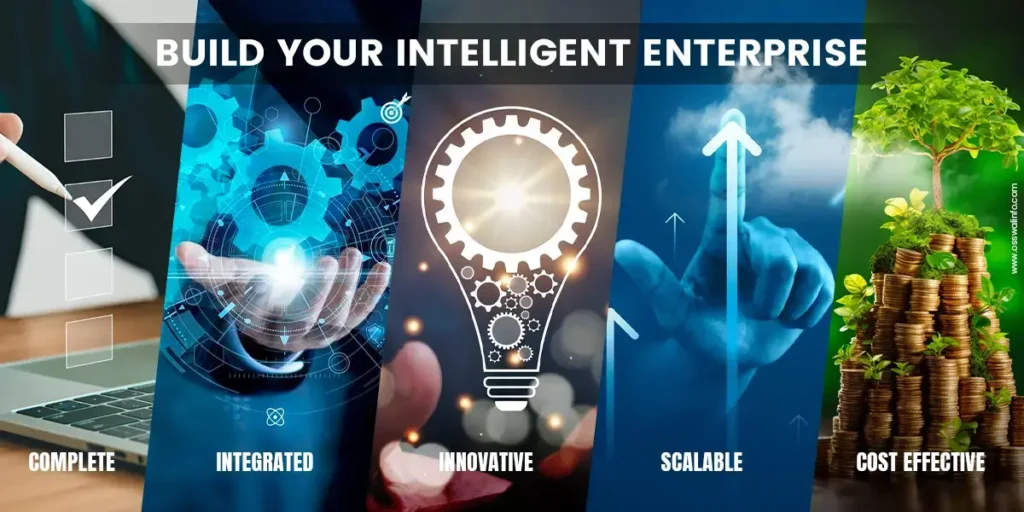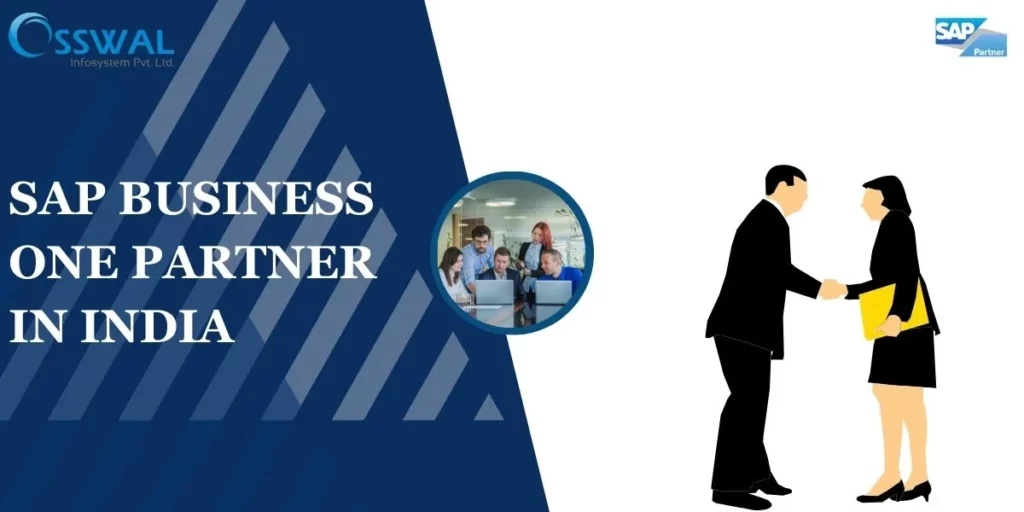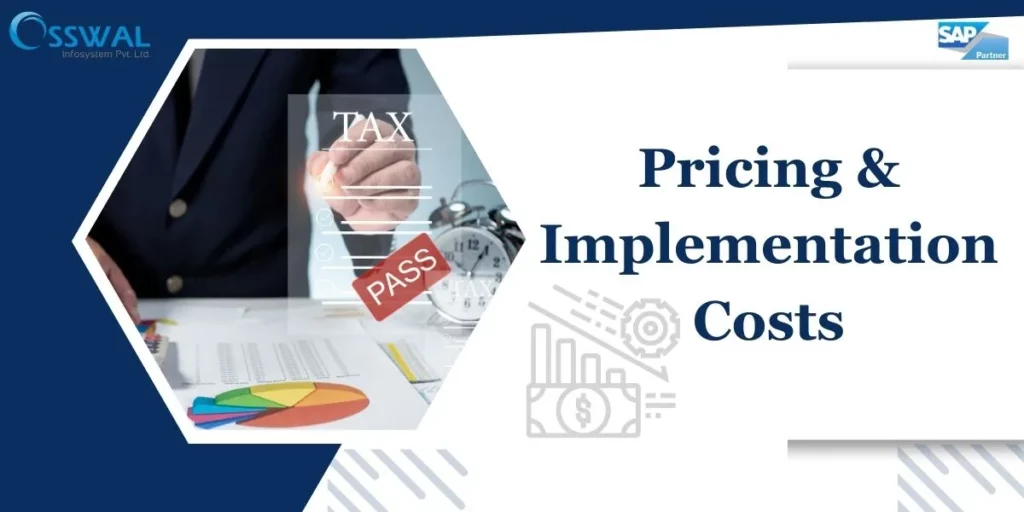SAP Business One is a powerful and all-inclusive tool that is tailored to the requirements of small and medium-sized businesses (SMEs) in the constantly changing world of business software solutions. Knowing the costs of SAP Business One software is essential for Indian firms looking to increase operational effectiveness and obtain a competitive advantage.
Unraveling the Pricing Structure
The pricing structure of SAP B1 is multifaceted, influenced by factors ranging from the number of users to the specific requirements of the business. At its core, SAP Business One offers a modular pricing model, allowing businesses to customize the solution based on their unique needs. The modules cover essential functions such as finance, sales, purchasing, inventory, and customer relationship management (CRM).
The licensing fees for SAP B1 are based on a named user model. Each user requires a license to access the system, and as the number of users increases, so does the overall cost. This tiered approach ensures that businesses pay for the resources they need, making it a scalable solution for companies of varying sizes.
Deployment Options and Their Impact on Costs
SAP Business One provides businesses in India with flexibility in choosing between on-premise and cloud-based deployment options, each with its own cost implications.
On-Premise Deployment:
In the traditional on-premise model, businesses host the SAP B1 software on their servers. While this approach provides a high level of control over data and system management, it requires an upfront investment in hardware and infrastructure.
Cloud-Based Subscription:
The cloud-based subscription model, on the other hand, offers businesses a more flexible and scalable option. Costs are spread over a subscription period, reducing the need for significant upfront investments in hardware. This model also ensures automatic updates, enhancing security and performance.
Factors Influencing Implementation Costs
Beyond licensing fees, businesses must consider additional costs associated with implementing SAP Business One.
Software Implementation:
The initial implementation phase involves configuring the system to align with the business’s unique processes. Depending on the complexity, businesses may engage SAP consultants or third-party implementation partners, contributing to implementation costs.
Data Migration:
The process of transferring existing data into SAP Business One is a critical step. The complexity of data migration depends on factors such as data volume and structure, impacting overall implementation costs.
Training:
Ensuring that users are proficient in utilizing SAP B1 is vital for maximizing its benefits. Training costs should be factored in to enable a smooth transition and efficient utilization of the ERP system.
Ongoing Support:
Post-implementation, businesses may incur ongoing support costs for updates, maintenance, and troubleshooting. Support packages offered by SAP or third-party vendors contribute to long-term costs.
Conclusion: Making Informed Decisions
Understanding the prices in India for SAP Business One software involves a comprehensive analysis of both upfront and ongoing costs. While the initial investment may seem significant, the potential for enhanced efficiency, accuracy, and competitiveness is equally substantial. Businesses must carefully assess their unique requirements, consider deployment preferences, and plan for both the implementation phase and long-term support.
In a dynamic and competitive business environment, SAP Business One stands as a strategic investment for businesses in India, offering a pathway to streamlined operations and sustainable growth. By making informed decisions about the costs associated with SAP B1, businesses can position themselves for success in the evolving digital landscape.



